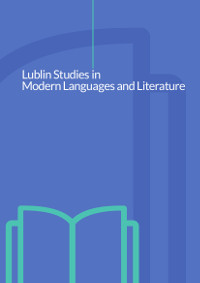Disabled Vision and Schizophrenia in Toni Morrison’s The Bluest Eye
Disabled Vision and Schizophrenia in Toni Morrison’s The Bluest Eye
Author(s): Mustafa Zeki ÇıraklıSubject(s): Studies of Literature
Published by: Wydawnictwo Naukowe Uniwersytetu Marii Curie-Sklodowskiej
Keywords: The Bluest Eye; social perception; primary Subject; self-image; self-perception
Summary/Abstract: Toni Morrison’s The Bluest Eye explores how the central character’s self-image is determined by the primary Subject, which orients social perception, and how the characters are primarily concerned with their public image since social perception from without (how they are perceived) shapes their self-perception. As the process of self-realization is interrupted by the disorientation of self-perception, the characters cannot construct a true Self of their own. Their vision is disabled by the prevailing primary Subject, and the persona is unable to perceive the world from her perspective reversing the existing binary. As there is no self-perception (a point of reference), identity formation ends in failure, and the persona turns out to be a passive object having a negative image of herself. She, first, suffers from split of personality and schizophrenia, then declines her negative self-image through surrogate images, and finally drives herself to insanity.
Journal: Lublin Studies in Modern Languages and Literature
- Issue Year: 41/2017
- Issue No: 1
- Page Range: 46-64
- Page Count: 19
- Language: English

